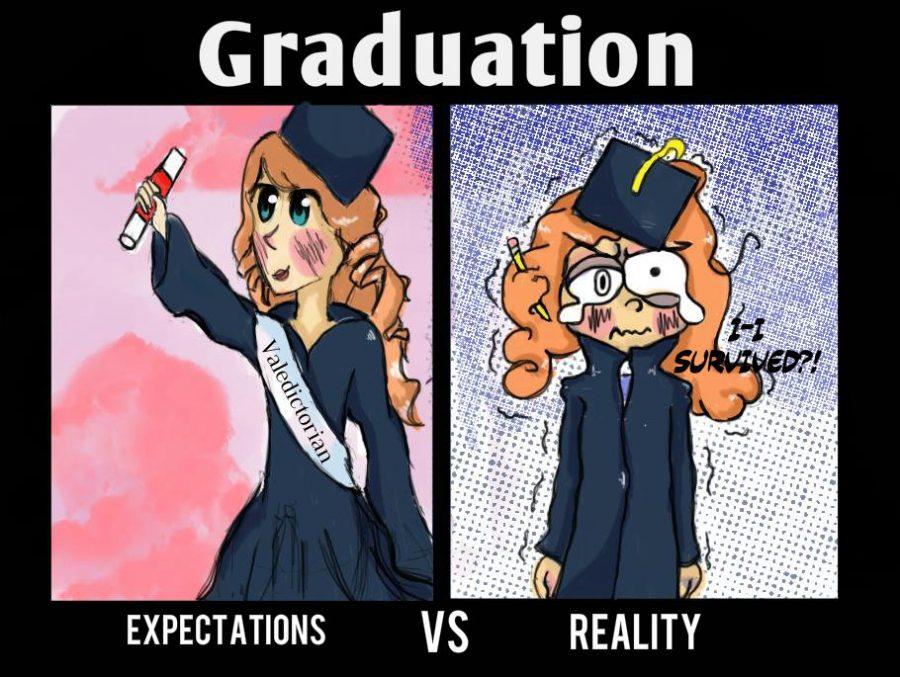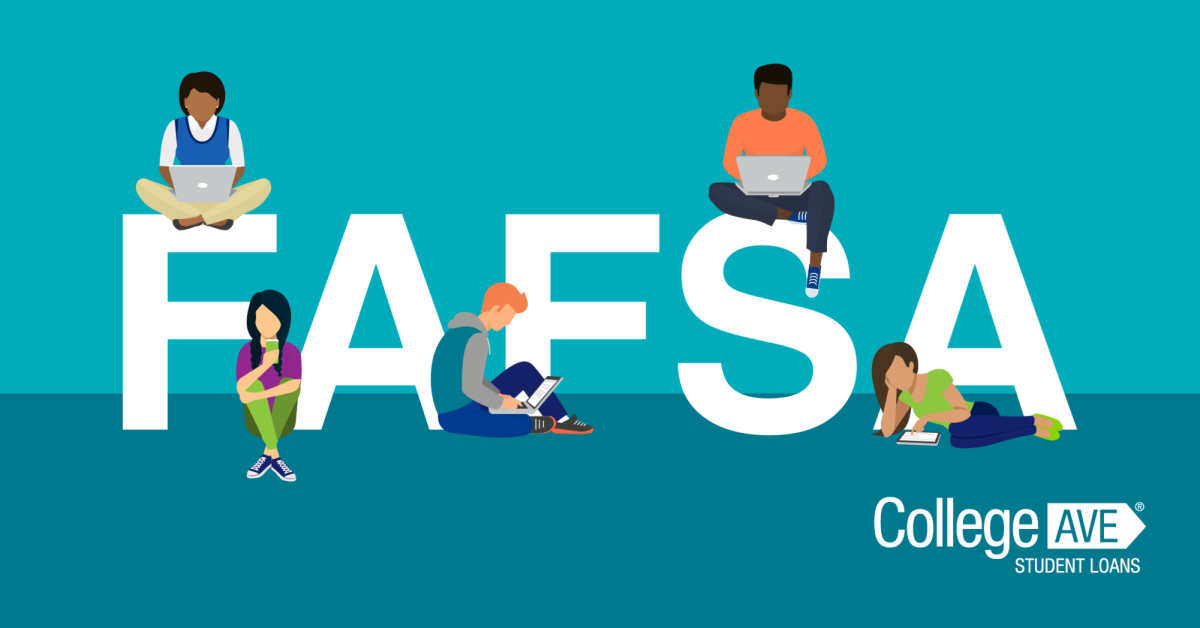“I hate my life,” said Generation Z.
The sentiment is common among teenagers who have used sarcasm and irony to express themselves through what is now considered socially acceptable self-depreciation. The trend, which started online and has made its way into daily conversations, is one that students nowadays have picked up as a way to cope with negative emotions while still being playful.
As the internet and meme culture have steadily developed, the desire for new content has pushed the boundaries of what is acceptable to joke about. Seemingly harmless memes about suicide, depression, loneliness and self-loathing naturally found themselves adapted into everyday discourse. Most teenagers find these expressions relatable enough to be useful in conversation but are detached from these extreme sentiments enough that it can also be used as a coping mechanism.
“I expect people to react in two different ways; either shock as in like ‘what did you just say’ or ‘yeah me too, I relate.’ So I think it is a coping mechanism,” said Freshman Noa Bowser, who said this type of language is something he sees often on social media.
The prevalence of these self-depreciating memes shows a lot about teenager’s emotions, many agreed.
“It can be a very good thing to let it out, but it can also be very bad because just the sheer factor of the negative things that you’re telling people,” said Senior Brandon Morrone. “It’s not only gonna hurt you, but in a way it’ll hurt other people around you too.”
The trend of self depreciation has spread, with teenagers using it as both a form to cope and be trendy — like an inside joke that everyone wants to be in on, without understanding the ramifications of their words.
“At the end of the day, I’m just trying to get people to laugh. I don’t actually want to kill myself,” said Senior Mariah Downs of her frequent, negative jokes. “I’ll say things like ‘Bring back my will to live’, ‘I’m ugly’, ‘Bring back my mom 2017’ you know, stuff like that. I see things on Twitter and it inspires me,” said Downs.
As today’s youth struggles, teenagers tend to exaggerate things they say in order for it to be both honest and socially acceptable, but many agree that the language can have a downside.
“It’ll also bring down other people in the sense that they’ll hear this and they are reminded ‘yeah this exists, this is depression and I deal with it, and now I want to hurt myself and I’m not gonna take it as a joke,” said Bowser.
While today’s youth have become accustomed to talking like this, previous generations have reservations about such negative language.
“When I hear students say, “You know, I just don’t like myself,” or “The world sucks,” for the lack of a better words, that gives me cause for concern,” said English teacher Deborah Whitt. “Because the way I perceive it, they’re reacting to a world that they see and what they see in the world. I would like for young people to understand, that sometimes, more often than not, the world is a reflection of who we are. And so, we have to work at who we are. This is something that doesn’t go away, no matter how young or how old you are, you constantly have be working at who you are, in hopes of trying to become better.”
Math and AVID teacher Casey Brown agreed that this type of language is a lot more dangerous than most students realize.
“My teacher opinion is that suicide is the third leading cause of death among teenagers, so as teachers we are trained to look out for that kind of language and take it as serious as we can,” Brown said. “For you guys, you are saying its the normal language and people are used to it, but for us, an older generation, we take things a little more literal.”
Though it seems it’s all fun and games, teen suicide rates have steadily increased since 2007, around the same time social media exploded in popularity. While some teenagers said they often laugh with their friends, many agreed that reality sets in when they are alone with no one to share memes with. For most, its easiest to laugh when the jokes are not their own reality.
Others said they feel like they can separate the jokes from reality and just appreciate the humor of memes and the language it encourages. Students insist that their words are light-hearted.
“At the end of the day, it’s all just a big meme,” said Downs. “When I make these jokes, I’m not telling people to literally kill themselves. I just provide the lols.”
Older generations said they take language more literal.
“It’s a good thing that students are now more open about their emotions, though I also think that the over-use of the language can cause problems,” Brown said.
Sophomore Pablo Ponce, said he can see both sides, stating that while the language is fun, there is some truth behind it.
“(I think) All jokes have a bit of truth to them,” said Ponce. “It’s especially true of jokes about suicide or depression. I’d say they are most useful in those instances where I feel miserable inside, but I don’t want to express it in a way that would bum out the people around me. They reveal a bit about the way I’m feeling in a way that doesn’t make people feel bad for me. After all, the best way to deal with hardships is to laugh through the pain.”










